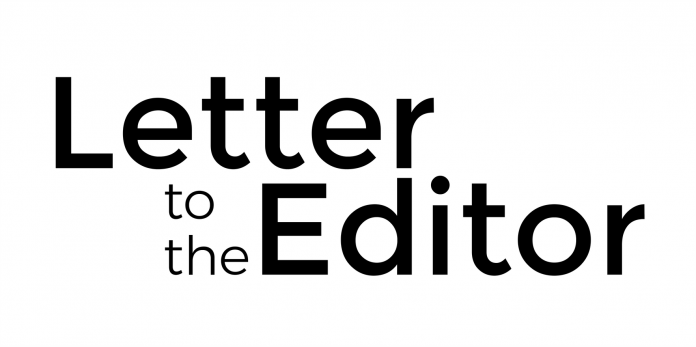Chris Roesel
JCCC Student
As a student at JCCC, knowing that our 18-25 year old turnout will probably drop from the 2016 rate to 20% this year, I ask myself what could be done. My conclusion and a suggestion follows:
To affect turnout, we need high coverage with a simple, effective message and clear, simple actions.
The simple message that professors could give follows: “Historically, government does not address your concerns if you do not vote. Historically, Kansans your age have very low turnouts. There is an easy way to correct that. Check your registration, register quickly, and even get a ballot quickly. On your cell phones, go to www.Ksvotes.org. Input your information. You can register to vote on one screen or request a ballot by mail on another. It’s quick and easy. Take two minutes to do it now if you like.”
I would suggest that every professor at the school be offered and encouraged to take 4 minutes of class time in each course early in October to encourage students to register or get a ballot by mail for the November 6 election this year.
The relevance of a ballot by mail is that it appears to increase 18-25 year old participation by about 50%, comparing Kansas and Oregon data.
Reasons for doing this follow:
- Every college that receives Federal money is required by the Higher Education Act of 1965 to offer all students the opportunity to register for every election. JCCC complies by sending an email. You know how effective that is.
- Students not voting decreases the amount that the government funds higher education.
- Students not voting results in imposition of guns etc. in the college, something the majority of students is against.
- Students not voting reduces the faculty’s support base.
- One of JCCC’s student learning outcomes, #4, would be reflected in civic engagement. Not encouraging and supporting civic engagement decreases the likelihood it will be achieved. Not measuring voting participation decreases the likelihood anyone will notice.






















